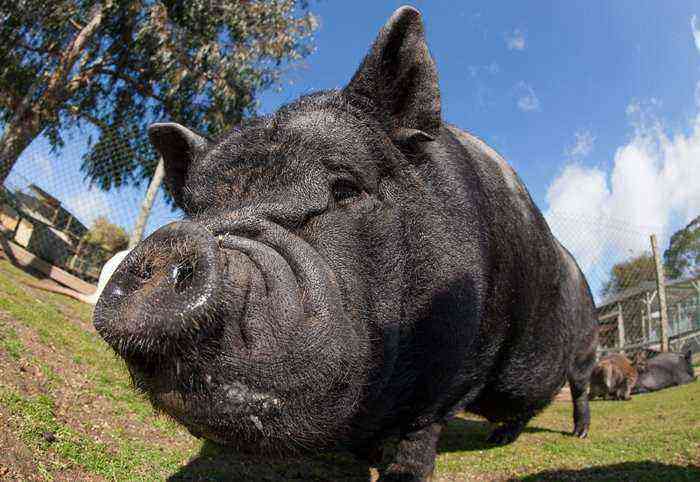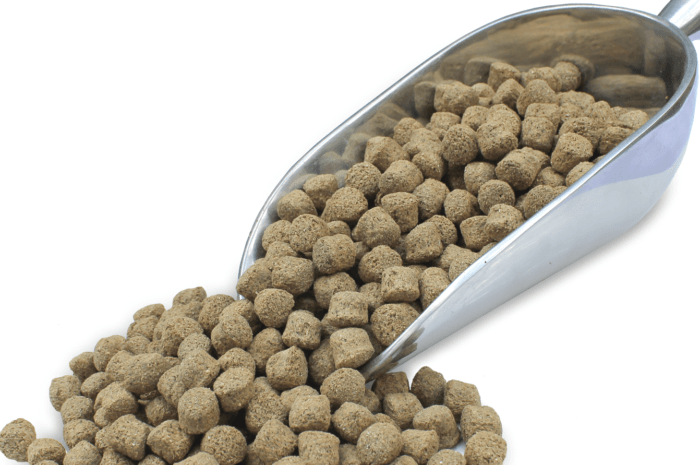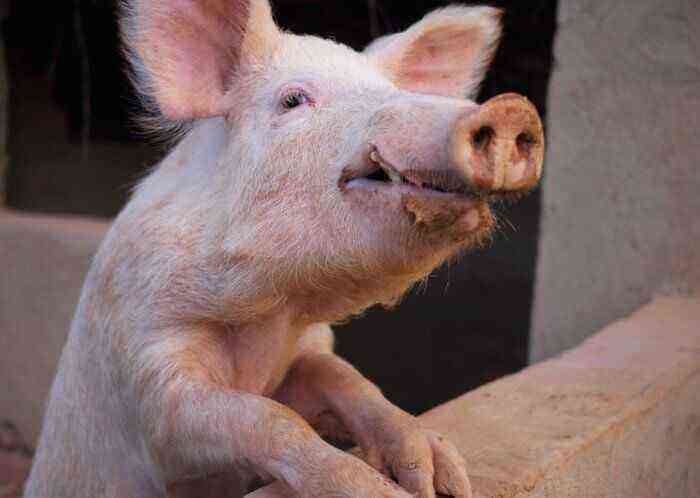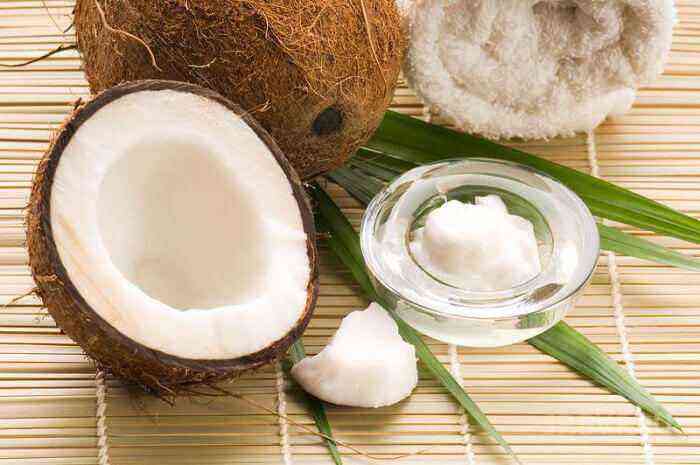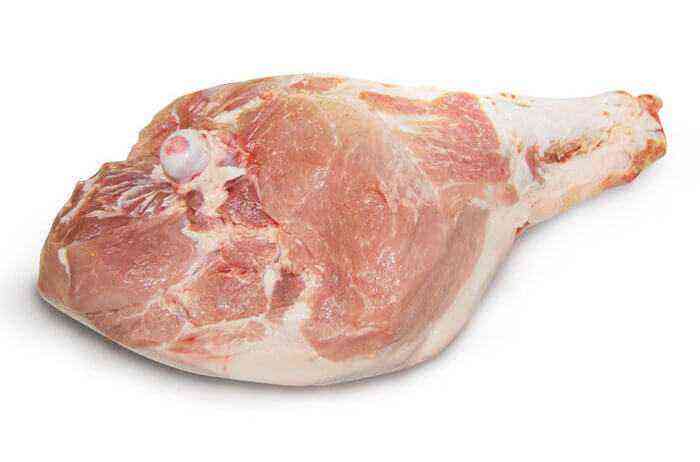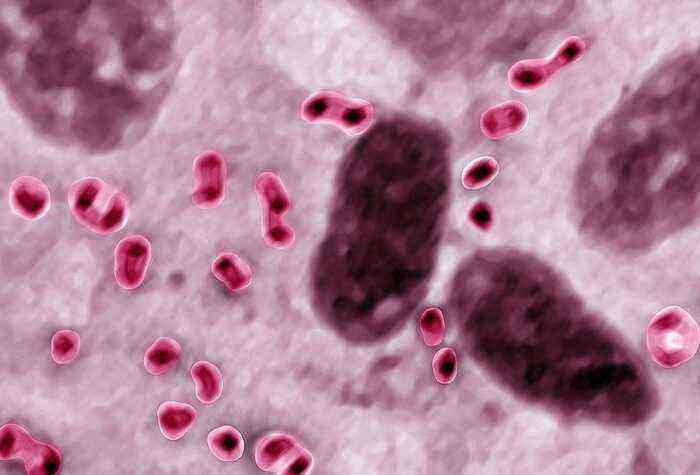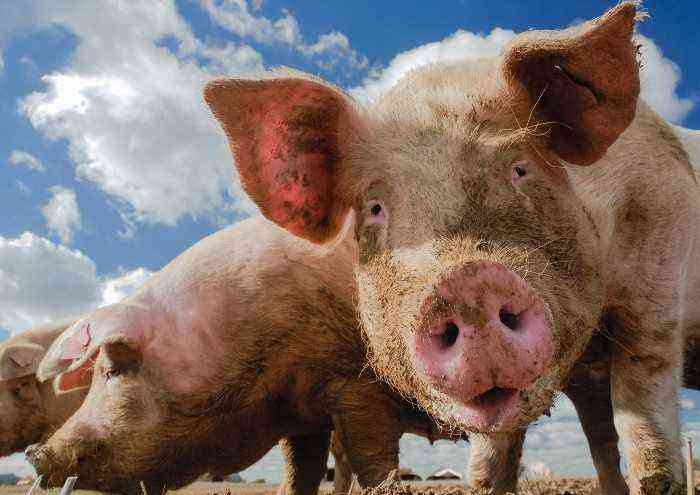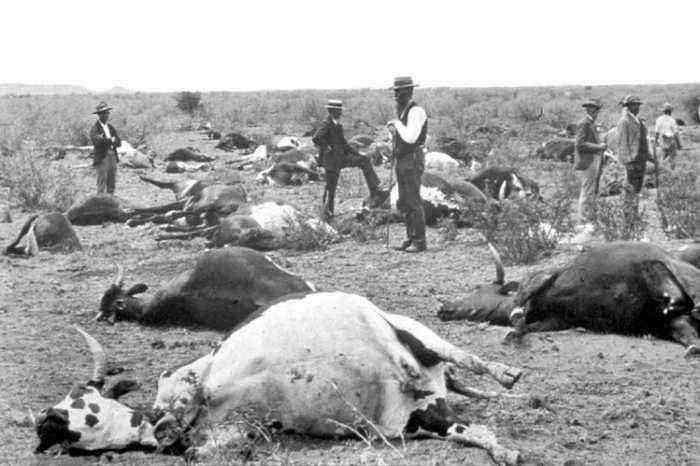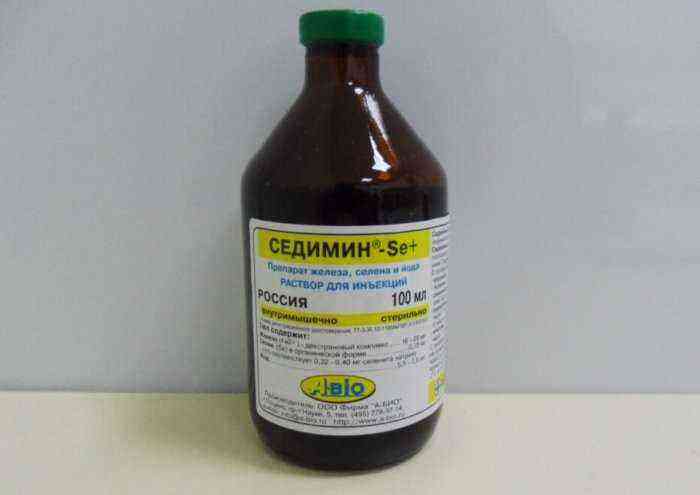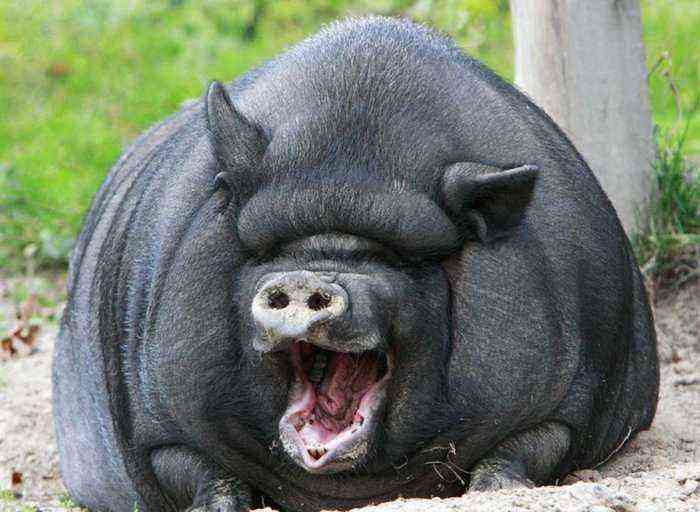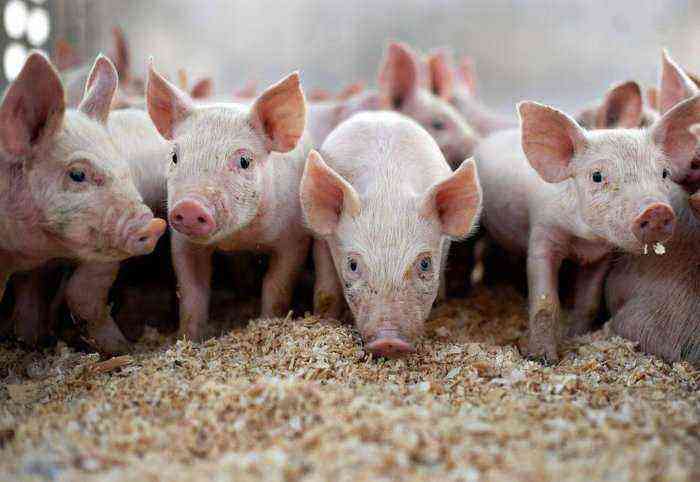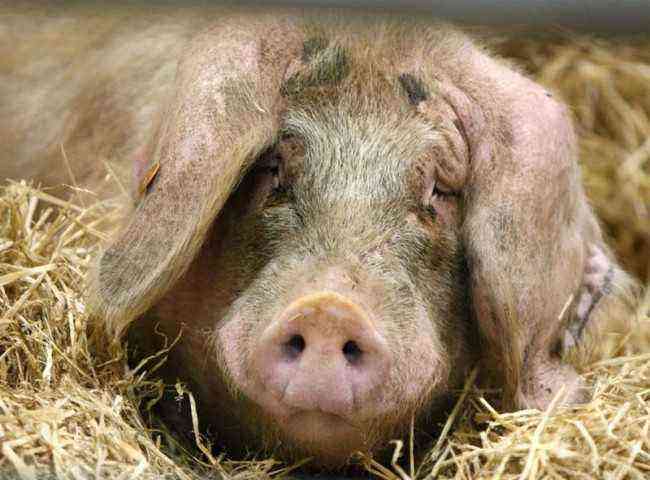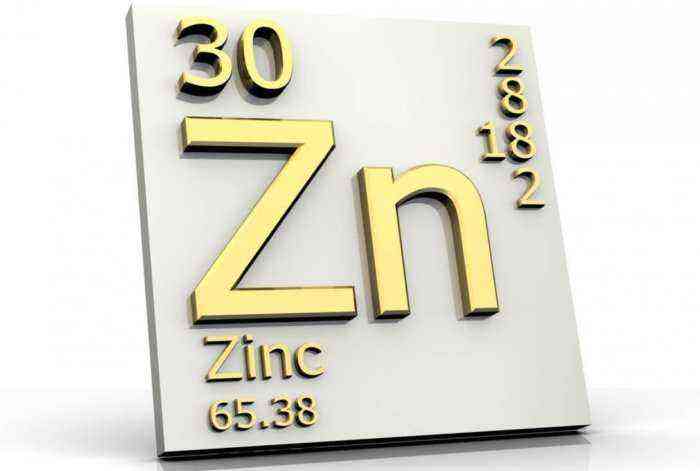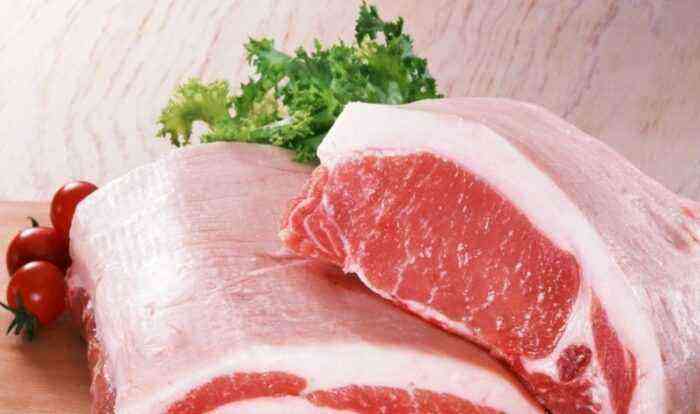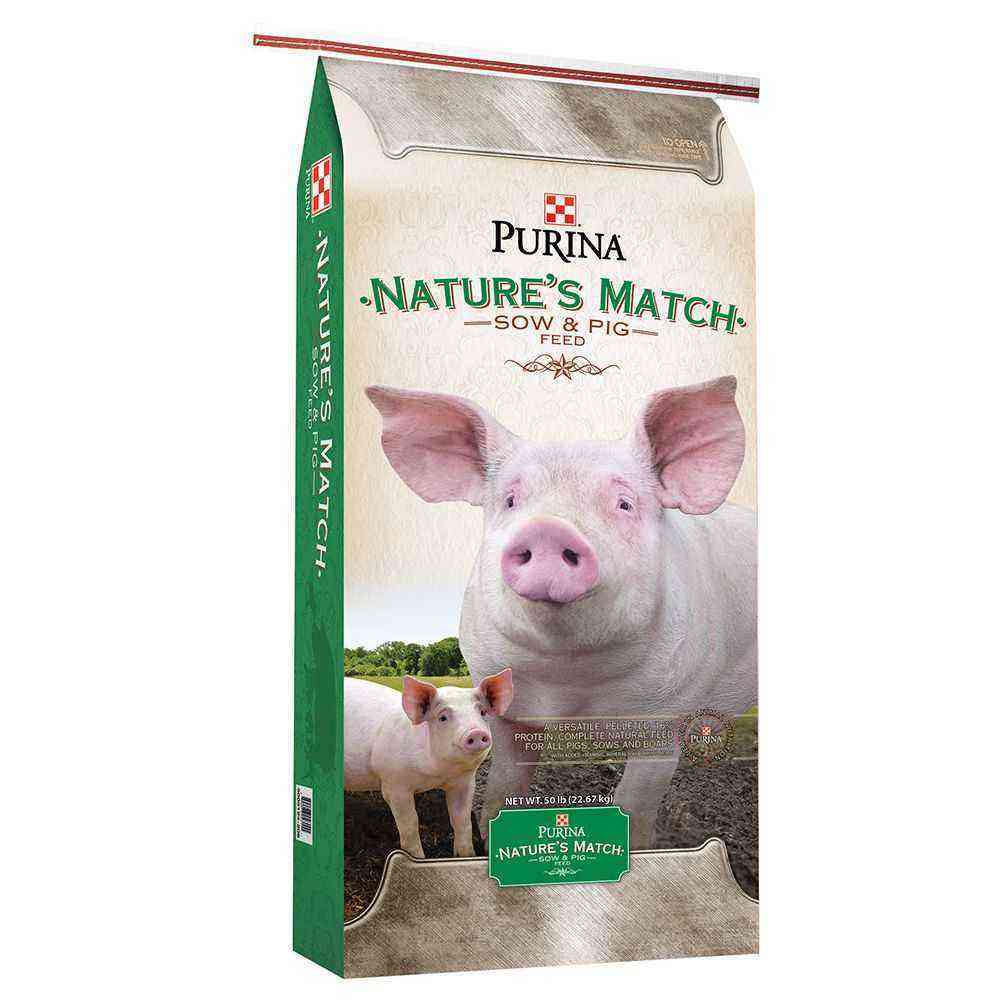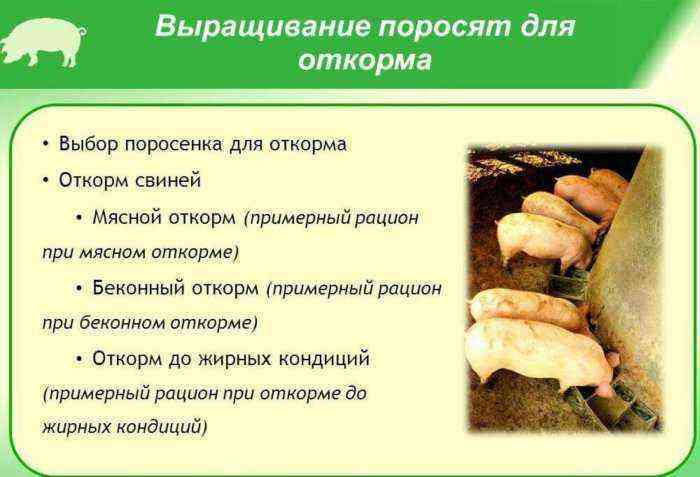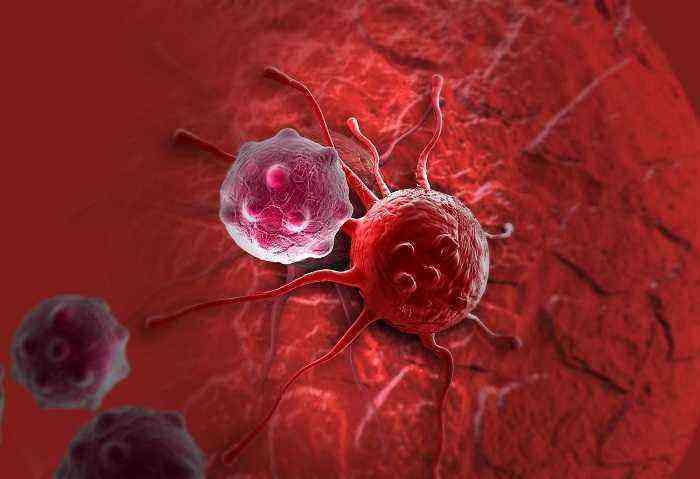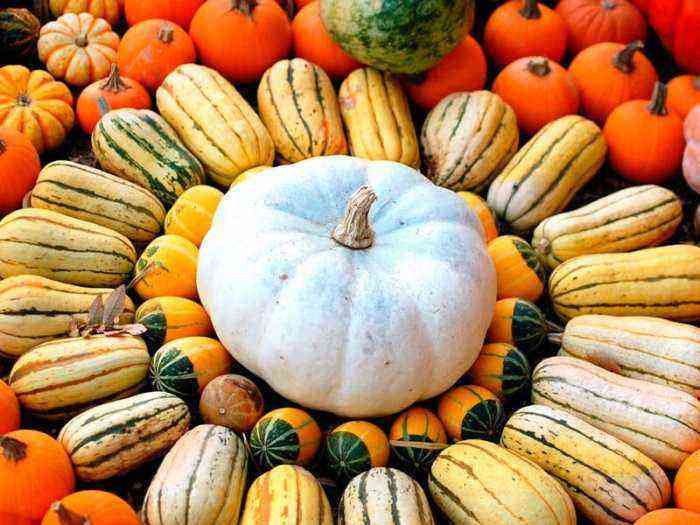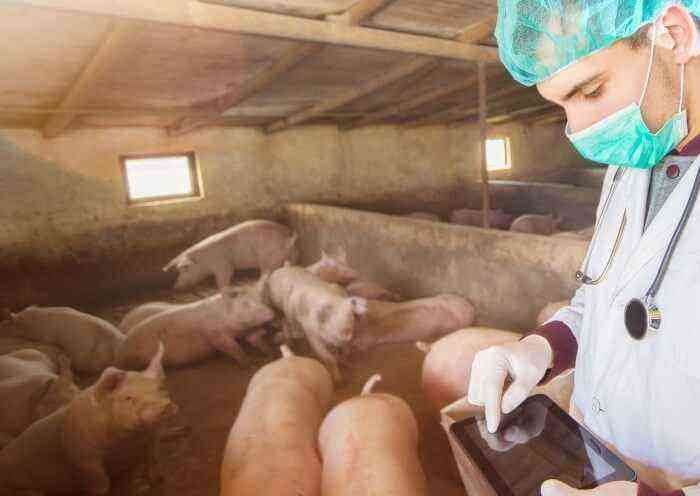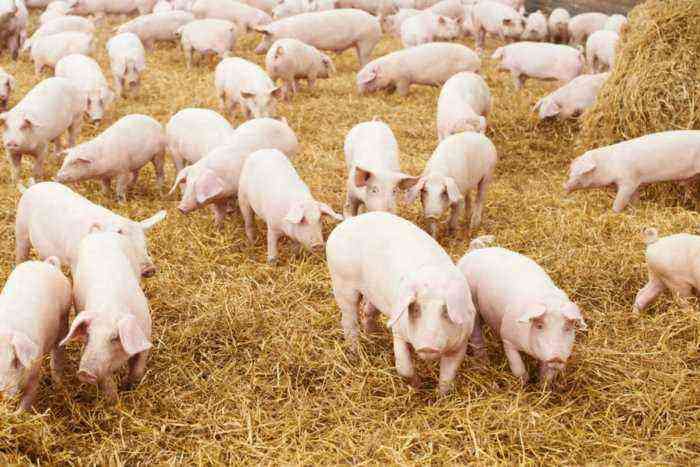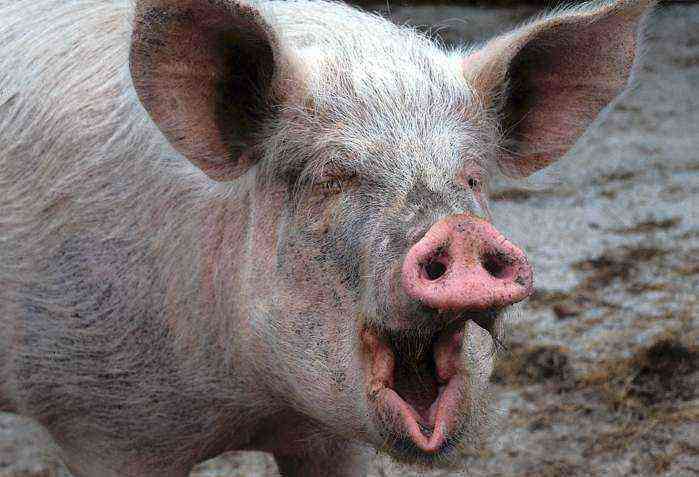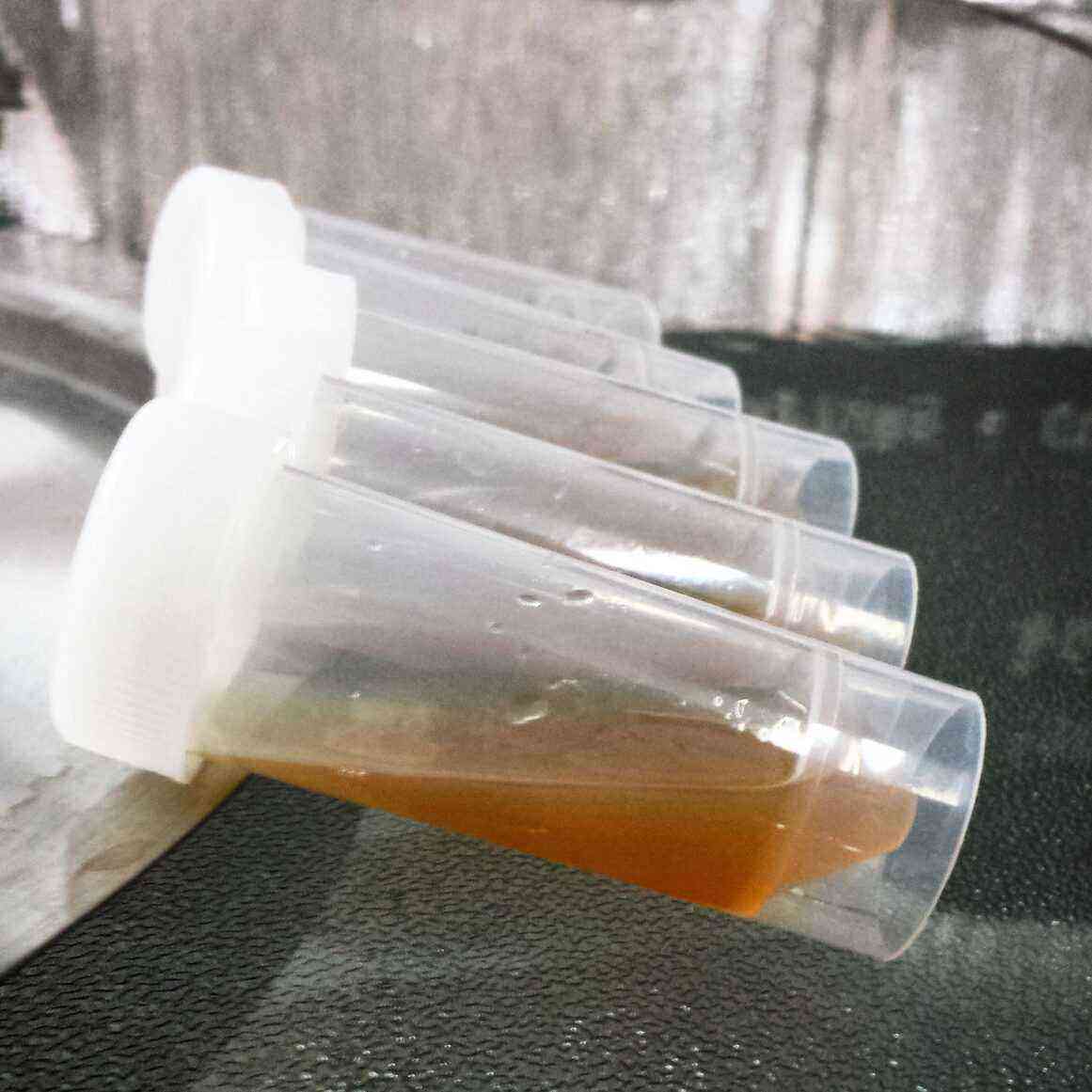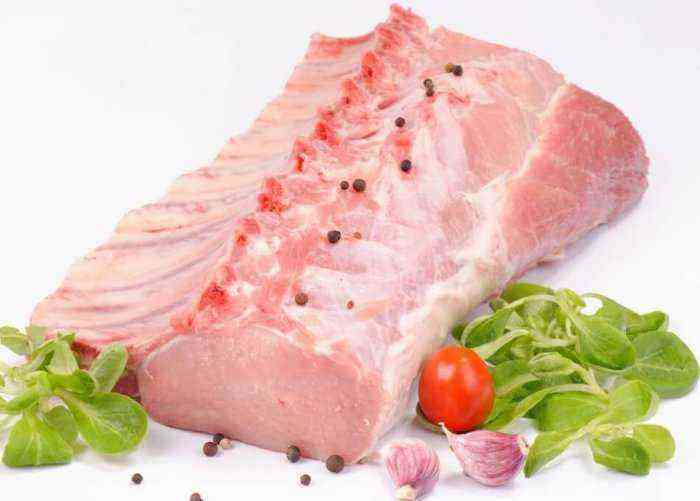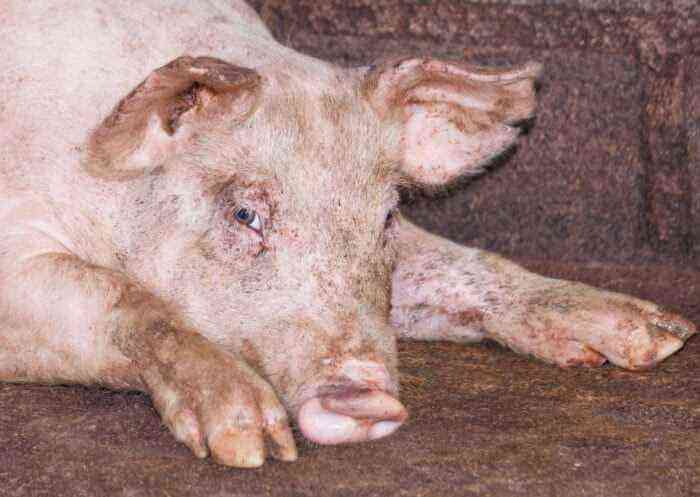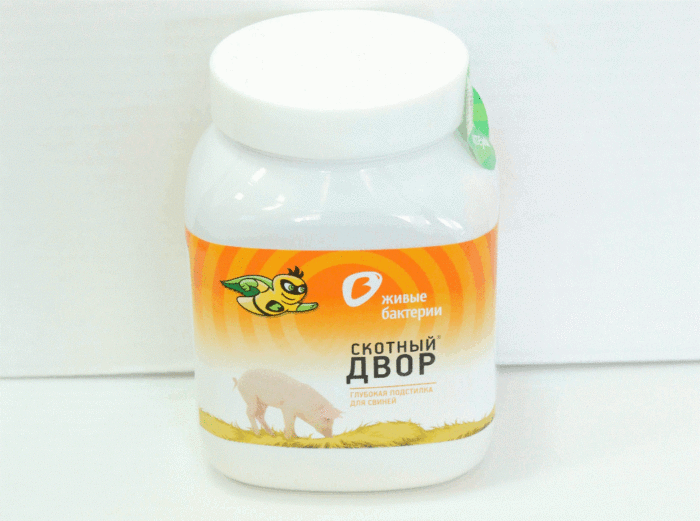To grow a full-fledged animal, it is not enough to create conditions for its existence, it is also important to provide it with food and water, vitamins and minerals. Feeding pigs has never been considered a problem due to their omnivorous nature, however, in order to make a complete diet, you need to know about the types of feed and how they differ from each other.
Pig feeding
Food varieties
Pigs eat everything, both plant and animal food. Therefore, the choice of food for them is quite extensive. An important criterion is the percentage of protein in the feed. It should not be allowed to be in excess or, on the contrary, lack, the performance of animals in these cases will be impaired.
In second place in importance is the carbohydrate value. Carbohydrates are necessary for pigs for the formation of subcutaneous fat and thermoregulation of the body. If they are overfed, then the animals will begin to suffer from obesity, which will adversely affect the quality and productivity of meat. An increase in the diet of pigs with food with a significant content of fiber will lead to non-absorption of various substances.
vegetable
The most popular and well-known are barley and corn cobs. They are very nutritious, have excellent taste properties, and are quickly absorbed. Chemical composition: contain more than 50% starch and up to 20% protein. However, this type of food is not rich in minerals and additional feeding is required when it is used.
They can be included in the diet of all animals, regardless of age. But, from the total number of food and the percentage of nutrients, they should be a maximum of half. Perfect for fattening pigs.
Corn
A storehouse of carbohydrates and fat, other minerals and nutrients. Corn on the cob is perfectly digested. It is used for feeding all groups of animals. At the end of fattening for meat, the amount of feed is reduced.
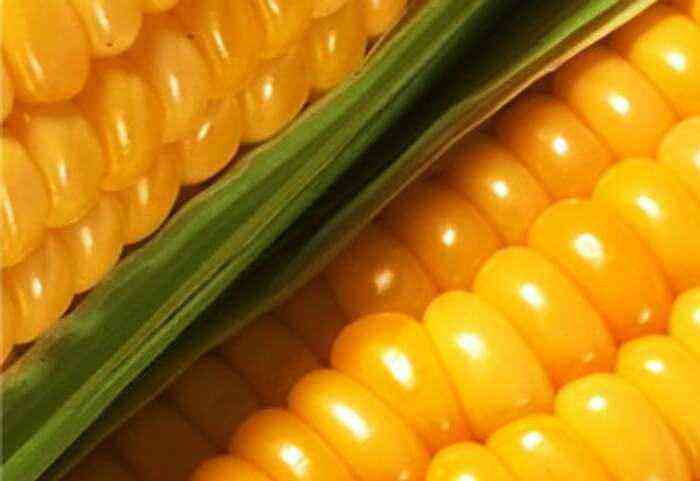
Corn for pigs
Oat
Contains a large amount of fat and coarse fiber. Inferior in nutritional value to oats and barley. Good for lactating females. Suckling pups and juveniles are given exclusively shelled oats. For fattening meat animals, it is best to ration it in small quantities, because oats do not have the best effect on the quality of fat. Or mix oats and barley, the adverse effect of the first will be almost minimal.
Peas
It has an extremely beneficial effect on meat and contains mostly one protein. Before serving, it is steamed in boiling water and given to all pigs, without exception, to replenish the required amount of protein.
At the moment, the use of compound feed as a balanced feed for agricultural animals is widespread. Pigs are given wheat bran, which contains many minerals that will be useful to all groups.
Peculiarity! A variety of concentrated feeds must be finely chopped before serving. So they are quickly digested.
Juicy forages
In the first place in terms of benefits for pigs is potatoes. However, it is important to remember that when raw, it contains the poisonous chemical solanine. Therefore, it must first be boiled, but the water in which it was prepared must be drained. Cooking will ensure good processing and absorption of nutrients. The percentage of the total diet is 40 – 50%. Can be mixed with protein, protein food.
Carrots
It is considered rather a vitamin supplement, because it contains a large amount of carotene. Give it to pregnant and lactating special babies.
Beetroot
Both fodder and sugar beets are used. Pigs love vegetables and eat well. It is advisable to include beets up to 40% of the diet, adding protein feed. For fattening, crushed sugar beets with tops are most often used. It is not necessary to cook it.
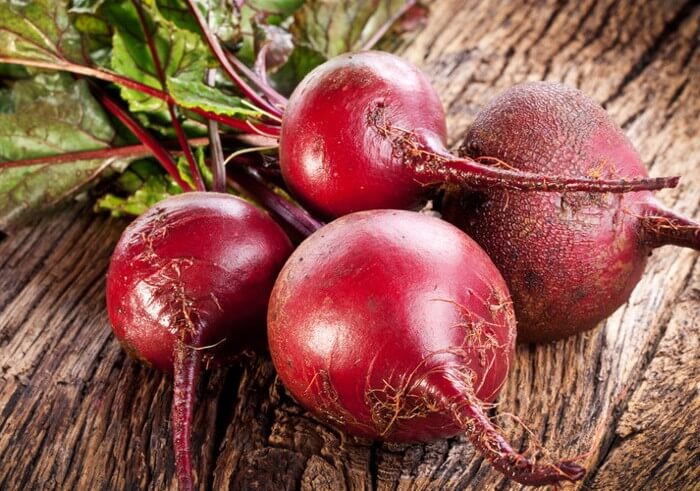
Beets for pigs
Green feed
Especially appreciated in feeding young individuals and females. These are clover, alfalfa, peas and vico – an oat mixture. They are rich in minerals, trace elements, protein and various essential vitamins. Also, chopped tops, brewed nettles and dandelions together with concentrates are often added to all feeds.
In summer, the concentrate can replace a complete feed for pigs. And in winter, the concentrate can be replaced with silage.
Animal origin
These are dairy products, fish leftovers and a variety of meat waste. Milk is rarely used, mainly in small volumes for feeding suckling piglets. As a rule, serum is used for them. Dairy feed contains a large amount of protein, protein, lactose and vitamins with minerals. They are biologically active and therefore even a small dose will have a positive effect on the health of animals and the quality of meat products.
Waste of meat and fish origin – the concentration of proteins and vitamins that cannot be obtained from plant foods. They must first be thoroughly boiled. At the end of the fattening season, the fish is excluded, it can give the meat an unpleasant flavor.
Complementary feed
In addition to standard animal feed, food waste, mushrooms and acorns are used. The nutritional value of the latter corresponds to bran. For one individual per day, 2-2,5 kilograms are required. Acorns are not subjected to heat treatment. Best combined with succulent food. But because of the tannins contained in oak fruits, they can cause constipation.
Important! Females in the second half of pregnancy and sucking young animals should not be given acorns.
Mushrooms are one of the pigs’ favorite treats and they eat them with great pleasure. Always check mushrooms for dangerous and poisonous species. They also give overgrown and old mushrooms or leftovers to be eaten. It is used dry and boiled, usually in combination with combined mixtures. They contain a lot of digestible protein and significantly improve the functioning of the gastrointestinal tract.
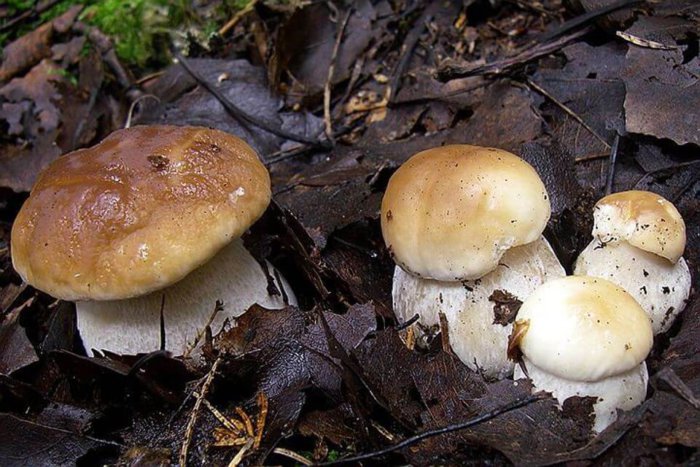
Mushrooms for pigs
Food waste can be different – the peel of fruits and vegetables, the remains of fish or meat. Waste is collected in a separate container and washed with water. Soap liquid is not recommended. Waste is boiled and served with concentrated food, succulent or green food.
Vitamin and mineral supplements
Protein-mineral vitamin supplements (PMVD) are specialized mixtures balanced in their composition. They are given to newborn piglets a week after birth. Actively influences the development and growth of animals, strengthens their health and replenishes the body with essential amino acids, vitamins, etc.
Contain vitamins such as Fe, Mg, P, Zn, Na, K, I, etc. All groups of vitamins and enzymes. Properties:
- growth and development of young individuals;
- strengthening the immune system;
- normalization of digestion and acceleration of weight gain;
- influence on reproduction.
It is used for feeding young individuals. In Russia, the additive Vitasil is common.
How much feed do pigs need per year?
In order for a pig to grow well, gain weight and give high-quality, tasty meat, it is necessary to accurately calculate the amount of feed for one individual. To do this, every month the animals are weighed.

Weighing scales for piglets
Up to 1-1,5 months, piglets are given 500g of feed. From 2 to 3 months no more than 1,5 kilograms. Six months up to 2 kg per individual. Adults receive up to 3 kg of food per day.
It is important to consider the gender of the pig. Boars (males) receive more volume, they have a greater need for this. The volume of feed is increased for pregnant females with the addition of additional useful components and water.
Peculiarity! You can find out the weight of a piglet using scales or using a special average statistical table. Measure the length of the body and girth in the scapular region.
As a standard, the average value for the cub for each age is indicated on the bag of food. The composition is also described there. It is better to buy them in specialized stores.


